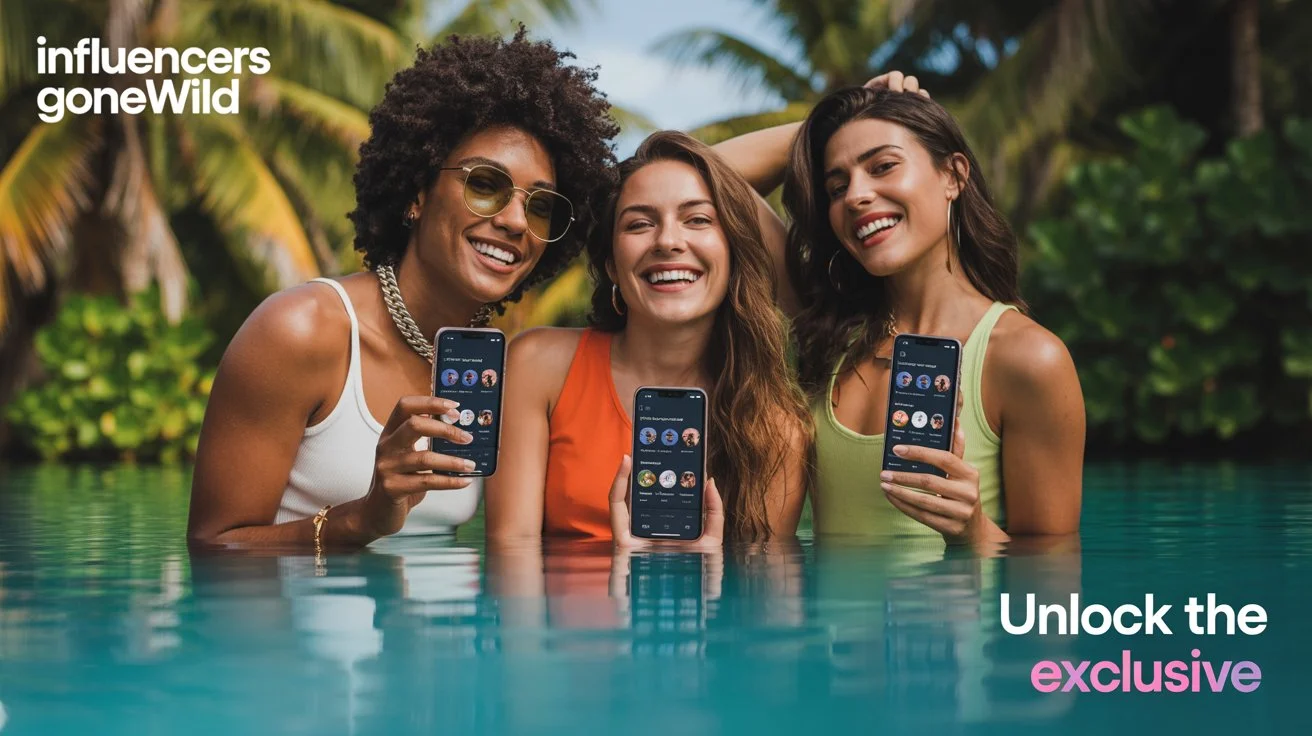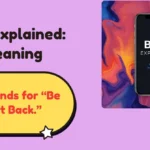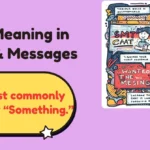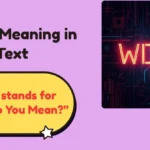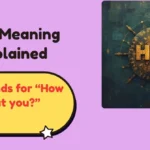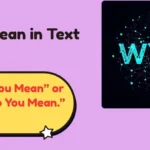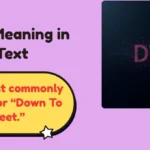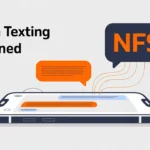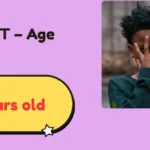In 2025, the world of social media looks more like a digital circus than a creative hub. Influencers GoneWild 2025 isn’t just a trending phrase — it’s a cultural snapshot of how far creators are willing to go for fame.
Platforms like TikTok, YouTube, and OnlyFans have turned attention into currency. Every click, share, and comment fuels an economy where shock value sells, and controversy keeps the spotlight burning.
But behind the viral laughs and wild headlines lies something deeper: the psychology of obsession, burnout, and fame at any cost. Let’s dive into the madness that defines this new era of influencers.
The Evolution of Influencer Culture (2010–2025)
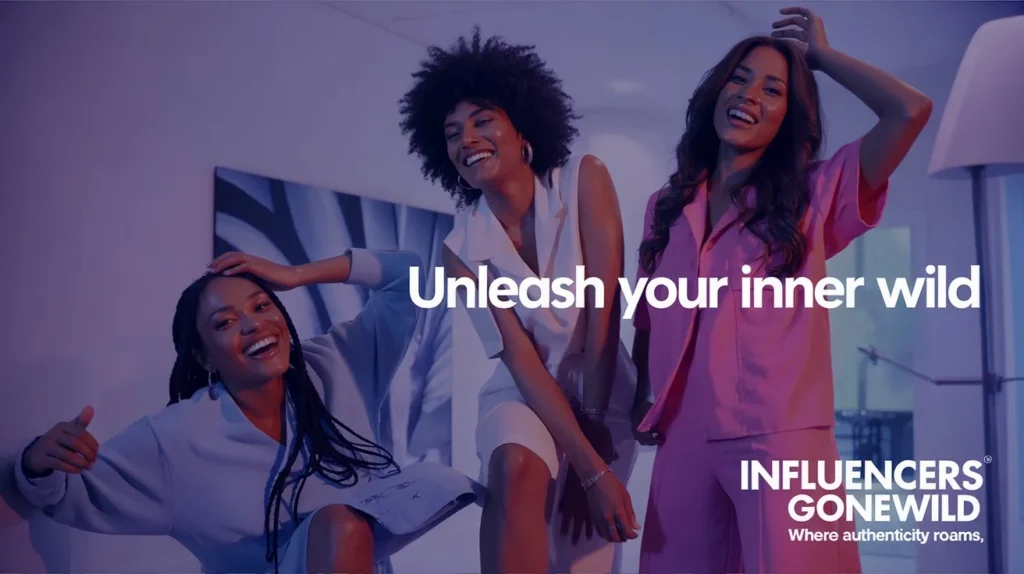
The influencer industry didn’t explode overnight. It evolved.
- 2010–2014: Relatable creators emerged on YouTube, offering beauty tutorials, travel vlogs, and daily life updates.
- 2015–2019: Instagram and TikTok transformed influencers into micro-celebrities. Sponsored posts, affiliate links, and brand deals became common.
- 2020–2022: The pandemic locked the world indoors — giving influencers more attention than ever before.
- 2023–2025: The influencer space became hyper-commercialized. Shock content replaced authenticity, and virality became the goal.
Fact:
The global influencer marketing industry is projected to surpass $30 billion by 2025, with creators earning from ads, brand partnerships, and subscription platforms.
Example:
TikTok’s algorithm favors rapid engagement, meaning outrageous content spreads faster than genuine creativity. As a result, influencers compete to outdo one another — often at great personal or ethical cost.
Why Influencers Are Going Wild in 2025
The race for visibility has never been more brutal.
Here’s why many influencers are going off the rails this year:
- Monetization Pressure: More followers mean more deals — and more stress to stay relevant.
- Algorithm Anxiety: Platforms reward controversy. Outrage equals reach.
- Competition: Millions of creators fight for the same audience attention.
- Short-Term Thinking: Viral fame now outweighs long-term reputation.
A content strategist at a major social media firm put it this way:
“Influencers used to focus on connection. Now, they focus on retention. That shift drives the chaos.”
The Psychology of Digital Fame
Why do creators keep pushing limits?
Psychologists call it the “Dopamine Loop.” Each like, share, or comment releases a burst of dopamine — the same feel-good chemical linked to addiction.
Key psychological drivers behind Influencers GoneWild:
- Validation Addiction: When engagement equals self-worth.
- Escalation Effect: Each viral stunt must top the last.
- Social Comparison: Measuring success against other creators fuels anxiety.
- Echo Chambers: Fan groups that reward bad behavior reinforce recklessness.
Case Study:
A mid-tier influencer staged a fake breakup on TikTok in early 2025. The emotional posts gained millions of views and led to a spike in followers — until fans discovered it was scripted. The backlash was swift, but the stunt still paid off financially.
Viral Disasters That Shook 2025
This year has already seen its share of wild influencer disasters.
Here are a few cases that dominated headlines:
| Platform | Incident | Outcome |
|---|---|---|
| TikTok | A prank channel caused property damage during a “social experiment.” | Fined and banned temporarily. |
| YouTube | A fitness influencer faked a medical emergency for views. | Lost brand deals; issued public apology. |
| OnlyFans | Content leak scandal involving top creators. | Legal action and public outrage. |
| Twitch | Live stream gone wrong after offensive comments. | Platform suspension and apology video. |
Each incident reflects a dangerous trend — viral desperation. When attention equals income, ethics take a back seat.
The Real-World Fallout: When Online Chaos Crosses the Line
The consequences of influencer scandals extend far beyond screens.
- Legal Issues: Pranks gone wrong often lead to lawsuits.
- Financial Losses: Sponsors pull out within hours of controversy.
- Emotional Burnout: Influencers face anxiety, depression, and isolation.
- Social Impact: Fans mimic risky behavior without understanding the consequences.
Example:
After a 2025 prank gone wrong in Los Angeles caused public panic, authorities introduced new guidelines for “public content creation.” This marked the first time influencer activity directly led to city-level legislation.
Notable Influencer Scandals (Timeline: 2018–2025)
| Year | Influencer | Scandal | Outcome |
|---|---|---|---|
| 2018 | Logan Paul | Filmed in Japan’s Suicide Forest | Lost YouTube ad privileges; public apology. |
| 2020 | Jake Paul | Threw pandemic parties during lockdown | Police intervention; massive criticism. |
| 2021 | Belle Delphine | Sold “bathwater” as merch | Went viral; earned six figures. |
| 2022 | James Charles | Messaging minors controversy | Brand deals terminated; hiatus. |
| 2023 | Tana Mongeau | Staged fake marriage for clout | Fan backlash; loss of credibility. |
| 2025 | Unnamed TikTok Star | Dangerous “reality challenge” trend | Banned, sued, and publicly exposed. |
These examples prove one thing — outrage pays, at least temporarily.
When Fame Turns Toxic: The Cancel Culture Cycle
Cancellation used to end careers. Now, it’s often part of a strategy.
Creators get canceled, vanish briefly, then reappear with apology videos and rebrands.
Typical cycle:
- Scandal breaks → outrage spreads online.
- Apology video → emotional confession, monetized.
- Rebrand → “I’ve changed” content, often rewarded by algorithms.
Why does it work? Because audiences love redemption arcs.
The internet forgives fast — especially if it’s entertaining.
The Business of Bad Behavior
Here’s the hard truth: controversy sells.
Brands and platforms may condemn bad behavior publicly, but viral engagement boosts ad revenue.
How chaos creates cash:
- More views → higher CPM rates.
- More controversy → trending hashtags.
- More exposure → brand curiosity.
Quote:
“Even negative publicity drives conversion. Outrage has become an influencer strategy.” — Marketing analyst, 2025.
Some influencers intentionally stir up drama to stay in the algorithm’s good graces. The moral cost? Huge. The financial payoff? Even bigger.
The Fan Effect: How It Shapes Society
Fans aren’t just viewers — they’re enablers, defenders, and amplifiers.
This “parasocial relationship” creates emotional bonds that blur reality.
Examples of fan-driven chaos:
- Defending unethical influencers despite evidence.
- Harassing critics or journalists.
- Mimicking dangerous stunts or challenges.
Impact on society:
Young audiences grow up believing that fame justifies behavior. The line between real and performative morality fades.
Stat:
Over 65% of Gen Z say they trust influencers more than traditional celebrities. That influence carries enormous power — and responsibility.
How to Stay Smart in the Age of Digital Drama
You can enjoy influencer content without falling into the chaos.
Tips to stay grounded:
- Fact-check before reacting. Viral stories often lack context.
- Avoid idolizing creators. Respect talent, not toxicity.
- Support authenticity. Follow influencers who promote honesty over hype.
- Protect your mental health. Unfollow drama-heavy accounts.
Pro Tip:
Use social media as a tool, not a trap. Curate your feed like you curate your diet — what you consume shapes you.
Can Influencers Recover After Going Wild?
Many do — and that’s part of the problem.
Steps influencers use to rebuild:
- Apology Campaigns: Carefully scripted “learning moments.”
- Charity Work: Public donations to regain goodwill.
- Content Reset: New branding, new style, same person.
- Fan Manipulation: “If you still believe in me, comment ❤️.”
Case Study:
An influencer banned from Twitch in 2024 for hate speech launched a podcast six months later — now among Spotify’s Top 10 in entertainment. Redemption sells, just like scandal does.
FAQs About Influencers GoneWild 2025
What does “Influencers GoneWild” mean?
It refers to creators who cross ethical, social, or legal lines in pursuit of attention, money, or fame — often with shocking or reckless content.
Why do influencers behave badly?
Because the reward system favors engagement over integrity. The more outrageous they act, the more they trend — and the more they earn.
Are there real consequences for influencers?
Yes. They face legal action, brand losses, and mental health decline. But many also exploit these consequences for renewed publicity.
How do influencer scandals affect fans?
Fans experience emotional confusion, loyalty conflicts, and misinformation — sometimes copying harmful behaviors.
Can platforms stop this behavior?
They can, but enforcement is inconsistent. Algorithms still reward engagement, whether it’s positive or negative.
Conclusion
The world of Influencers GoneWild 2025 exposes a harsh truth: online fame is powerful, addictive, and dangerous when left unchecked.
The future of influencer culture depends on one thing — responsibility. Platforms must prioritize ethics, and audiences must demand authenticity.
Fame doesn’t have to destroy people. But until creators value purpose over virality, the digital wildfire will keep spreading.
“In a world chasing views, integrity is the rarest form of influence.”
